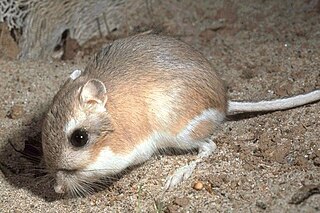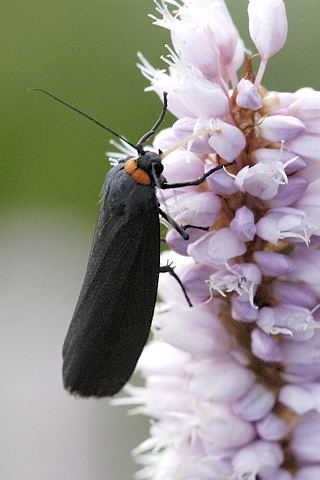
Rhabditida is an order of free-living, zooparasitic, and phytoparasitic microbivorous nematodes living in soil.

The order Cephalaspidea, also known as the headshield slugs and bubble snails, is a major taxon of sea slugs and bubble snails, marine gastropod mollusks within the larger clade Euopisthobranchia. Bubble shells is another common name for these families of marine gastropods, some of which have thin bubble-like shells. This clade contains more than 600 species.

Incertae sedis or problematica is a term used for a taxonomic group where its broader relationships are unknown or undefined. Alternatively, such groups are frequently referred to as "enigmatic taxa". In the system of open nomenclature, uncertainty at specific taxonomic levels is indicated by incertae familiae, incerti subordinis, incerti ordinis and similar terms.

Eurotiomycetes is a large class of ascomycetes with cleistothecial ascocarps within the subphylum Pezizomycotina, currently containing around 3810 species according to the Catalogue of Life. It is the third largest lichenized class, with more than 1200 lichen species that are mostly bitunicate in the formation of asci. It contains most of the fungi previously known morphologically as "Plectomycetes".

Ensifera is a suborder of insects that includes the various types of crickets and their allies including: true crickets, camel crickets, bush crickets or katydids, grigs, weta and Cooloola monsters. This and the suborder Caelifera make up the order Orthoptera. Ensifera is believed to be a more ancient group than Caelifera, with its origins in the Carboniferous period, the split having occurred at the end of the Permian period. Unlike the Caelifera, the Ensifera contain numerous members that are partially carnivorous, feeding on other insects, as well as plants.

Caviomorpha is the rodent infraorder or parvorder that unites all New World hystricognaths. It is supported by both fossil and molecular evidence. The Caviomorpha was for a time considered to be a separate order outside the Rodentia, but is now accepted as a genuine part of the rodents. Caviomorphs include the extinct Heptaxodontidae, the extinct Josephoartigasia monesi and extant families of chinchilla rats, hutias, guinea pigs and the capybara, chinchillas and viscachas, tuco-tucos, agoutis, pacas, pacaranas, spiny rats, New World porcupines, coypu and octodonts.

Geomyoidea is a superfamily of rodent that contains the pocket gophers (Geomyidae), the kangaroo rats and mice (Heteromyidae), and their fossil relatives.

Paecilomyces is a genus of fungi. A number of species in this genus are plant pathogens.

Octopodiformes is a superorder of the subclass Coleoidea, comprising the octopuses and the vampire squid. All living members of Octopodiformes have eight arms, either lacking the two tentacles of squid or modifying the tentacles into thin filaments. Octopodiformes is often considered the crown group of octopuses and vampire squids, including all descendants of their common ancestor. Some authors use the term Vampyropoda for the same general category, though others use "Vampyropoda" to refer to the total group. Another term is Octobranchia, referring to cephalopods without prominent tentacles.

Carnivoramorpha is a clade of placental mammals of clade Pan-Carnivora from mirorder Ferae, that includes the modern order Carnivora and its extinct stem-relatives.

The Lithosiini are a tribe of lichen moths in the family Erebidae. The taxon was described by Gustaf Johan Billberg in 1820.

Parides, commonly called cattlehearts, is a genus of swallowtail butterflies in the family Papilionidae. They are found in the Americas.

Cyclophoridae is a taxonomic family of small to large tropical land snails with an operculum, terrestrial gastropod mollusks in the order Architaenioglossa belonging to the subclass Caenogastropoda.
Peethambara is a genus of fungi in the Hypocreales order; previously classed incertae sedis, this genus is now placed in the family Stachybotryaceae.

Neopetalichthys yenmenpaensis is an extinct petalichthid placoderm from the Early Devonian of China.
Cheiromoniliophora is a genus of fungi in the order Pleosporales in the class Dothideomycetes.

Carnivoraformes is a clade of placental mammals that includes the modern order Carnivora and its extinct stem-relatives.
Piricaudiopsis is a genus of fungus in the phylum Ascomycota. It is considered incertae sedis or of indeterminate placement within the phylum.
Brachydesmiella is a genus of Ascomycote fungus, one of many Ascomycota genera classified as incertae sedis.
Monascaceae is a former family of fungi in the subclass Eurotiomycetidae.















